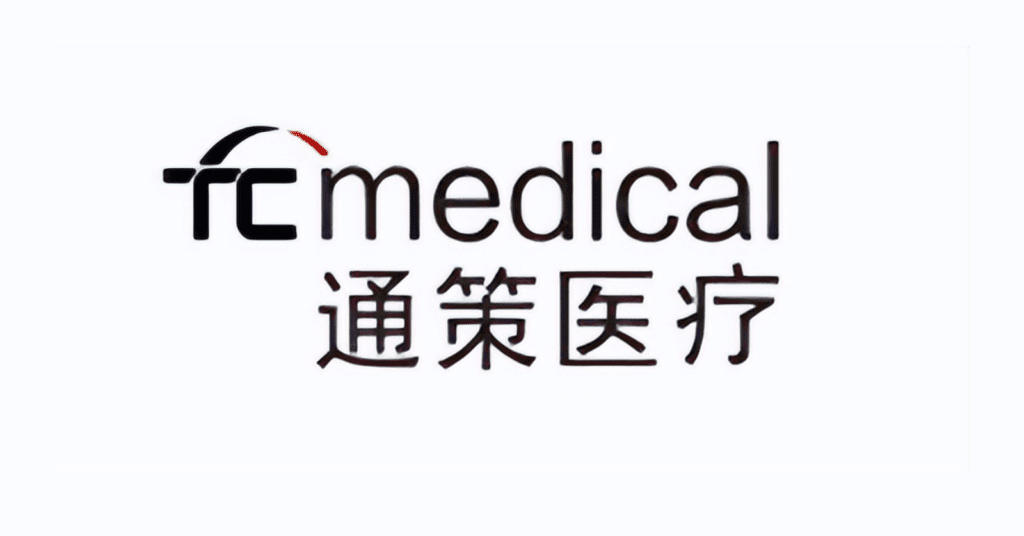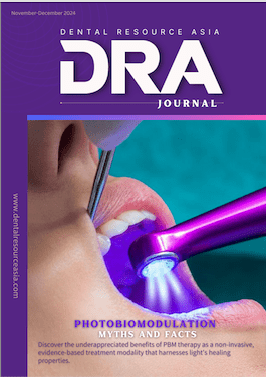China’s dental market opportunities: Rising disposable incomes, aging population, and government support drive growth in high-end areas such as dental implants.
China’s dental market is rapidly emerging as a blue ocean, with huge potential for growth driven by rising disposable incomes, an aging population, and increasing dental health education.
Despite still lagging behind developed countries in terms of per capita dental equipment, dental visit rates, and implant penetration rates, the market is currently experiencing a rapid development stage, particularly in high-end areas such as dental implants.
Room for growth: Orthodontics, restorative and implant dentistry
According to recent national oral surveys, the dental caries rate among China’s 35-44-year-old population is 88.1%, with only 8.4% receiving treatment and 57.6% missing teeth. Similarly, the 65-74-year-old population has a dental caries rate of 98.4%, with only 1.9% receiving treatment. These statistics reveal that the awareness of dental treatment in China is still not widespread, leaving a significant potential market untapped.

Additionally, China’s professional orthodontics industry started late, with only about half of the country’s nearly 100 oral colleges offering professional orthodontic training programs. However, with the Chinese Society of Orthodontics officially joining the World Association of Orthodontics in 2008, the industry is expected to continue to grow and improve in the coming years.
Private capital, government policies, and increasing demand for higher-end treatments
Overall, the Chinese dental market is a fast-growing industry with a lot of potential for expansion and development, driven by private capital and government policies encouraging growth. As the population ages and dental health education continues to spread, the market is expected to maintain its momentum of rapid development and move closer to the levels of developed countries.
As the Chinese economy continues to grow, more and more people are able to afford higher-end dental treatments, and the market for these services is expanding rapidly. This is particularly true for the dental implant market, which is expected to grow at a compound annual growth rate of 7.5% from 2019 to 2024.
The increase in the aging population is also driving demand for dental services, as older adults are more likely to require dental care.
Another important factor that is driving the growth of China’s dental market is the government’s policy of encouraging private capital to enter the medical field. This has led to an increase in the number of private dental clinics and hospitals, which are able to offer higher-quality services and attract more patients. Additionally, the government has also invested in the development of dental technology, which has helped to improve the quality of dental care in China.

Private hospitals key sector of growth
The rapid expansion of private hospitals in China is driving growth in the country’s dental market, as private capital pours into the industry and the government encourages private enterprise to enter the medical field.
At present, the majority of dental doctors in China still work in public hospitals, with private and foreign-owned chain dental institutions beginning to make inroads into the domestic market. However, the restructuring of public hospitals has also provided opportunities for private enterprises to enter the dental medical market.
According to a survey conducted by Guangdong Province in 2008, the number of practitioners in private dental institutions accounted for about half of the total number, but only 20% are registered practitioners, figures that are similar to the national situation.
However, private dental hospitals have achieved rapid development in recent years, and private clinics are even more numerous. Encouraged by government policy, some new consortiums have begun to increase their investment in dental hospitals, such as Greentown and other groups who have begun to invest in the construction of large dental hospitals.
Market competitive but far from saturation
While good policies are providing convenience to existing dental hospital groups, it is also forcing major dental groups to speed up their expansion and increase investment in personnel and soft power in order to occupy the region and talent in the future development process and maintain their industry leadership.
This is likely to cause short-term increase in operating costs and promotion expenses, but it is necessary for the long-term development of the enterprises.
The development stage of the dental market is such that the competition in the market is far from being reached, but in the long run, physician resources and brand advantages will determine whether a private institution can rapidly expand its market share and become a nationally renowned dental institution.
One of the keys to the development of private hospitals is strategic positioning, integration of high-end clinics and hospital lines. As China’s overall consumption level and awareness of oral health improves, the demand for high-quality dental services is expected to increase.
Private hospitals that can effectively position themselves as providers of these high-end services and integrate their clinics and hospital lines will be well positioned to capture market share and establish themselves as leaders in the industry.
High-end hospital chains trending upwards
As China’s economy continues to grow, its dental market is emerging as a major player on the global stage. One company at the forefront of this trend is Tongce Medical, which is utilizing a chain hospital model to tap into the dental blue ocean market. This model, which combines regional general hospitals with branch locations, allows the company to cater to a variety of consumer groups and avoid intense competition from individual clinics.
According to industry experts, the improving awareness and purchasing power of middle and high-income consumers in China is driving demand for dental services. Additionally, many Chinese consumers prefer to receive care at large, reputable hospitals, making the chain hospital model a particularly attractive option for companies looking to expand in the dental market.
Tongce Medical’s success with this model has not gone unnoticed. Other companies, including Hangzhou Greentown Dental Hospital and Rier Dental, have begun to adopt similar strategies. In addition to building its brand and consolidating its physician resources, Tongce Medical may also look to other successful business models for inspiration as it continues to grow in the coming years.
One such successful business model is that of Real Dental, a national chain of high-end dental clinics founded in 1999 by Zou Qifang. With nearly 16 clinics and hospitals and a staff of nearly 500 employees, Real Dental has established a strong reputation in the market by focusing on high-end “golden-collar” customers and providing high-quality, personalized service.

The increasing focus on high-end, specialized services is a growing trend in China’s dental market for the foreseeable future. Companies like Real Dental are positioning themselves as providers of premium care, with advanced technology and highly trained practitioners. This trend is reflected in the broader healthcare market in China, as consumers become more health-conscious and willing to pay for high-quality care.
Market watchers also point to the growing number of foreign investment in China’s dental market, with companies like Bayer Dental opening high-end dental hospitals in the country. This influx of foreign investment is expected to bring new technology and expertise to the market, further driving growth and innovation.
Companies that are able to adapt to the changing market and consumer preferences, such as Tongce Medical and Real Dental, are well positioned to take advantage of the opportunities presented by this expanding market.
Summary
Despite the rapid growth of China’s dental market, there are still some challenges that need to be addressed. One of the main challenges is the shortage of qualified dental professionals, which is partly due to the fact that the dental profession is not as well-respected as other medical professions in China. Additionally, the lack of regulation in the dental industry has led to some problems with the quality of care and the prices charged by some clinics.
Nevertheless, with the increasing focus on dental health and the rising demand for higher-end dental treatments, China’s dental market is expected to continue to grow in the coming years. As private capital continues to pour into the industry, we can expect to see more high-quality dental services becoming available to the general public, which will ultimately benefit the health of the Chinese people.
In conclusion, China’s dental market is a fast-growing industry with a lot of potential for expansion and development. The increase in disposable incomes, the aging population, and the government’s policy of encouraging private capital to enter the medical field are all driving the growth of the market. However, there are also challenges that need to be addressed, such as the shortage of qualified dental professionals and the lack of regulation in the industry.
Nevertheless, with increasing focus on dental health and rising demand for higher-end dental treatments, China’s dental market is expected to continue its surge ahead in the coming years.
The information and viewpoints presented in the above news piece or article do not necessarily reflect the official stance or policy of Dental Resource Asia or the DRA Journal. While we strive to ensure the accuracy of our content, Dental Resource Asia (DRA) or DRA Journal cannot guarantee the constant correctness, comprehensiveness, or timeliness of all the information contained within this website or journal.
Please be aware that all product details, product specifications, and data on this website or journal may be modified without prior notice in order to enhance reliability, functionality, design, or for other reasons.
The content contributed by our bloggers or authors represents their personal opinions and is not intended to defame or discredit any religion, ethnic group, club, organisation, company, individual, or any entity or individual.

